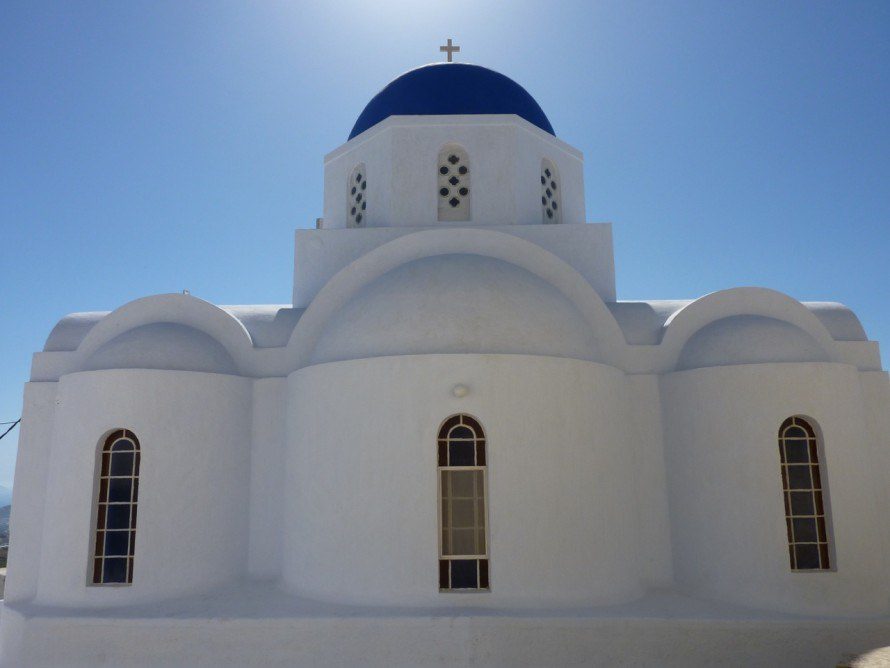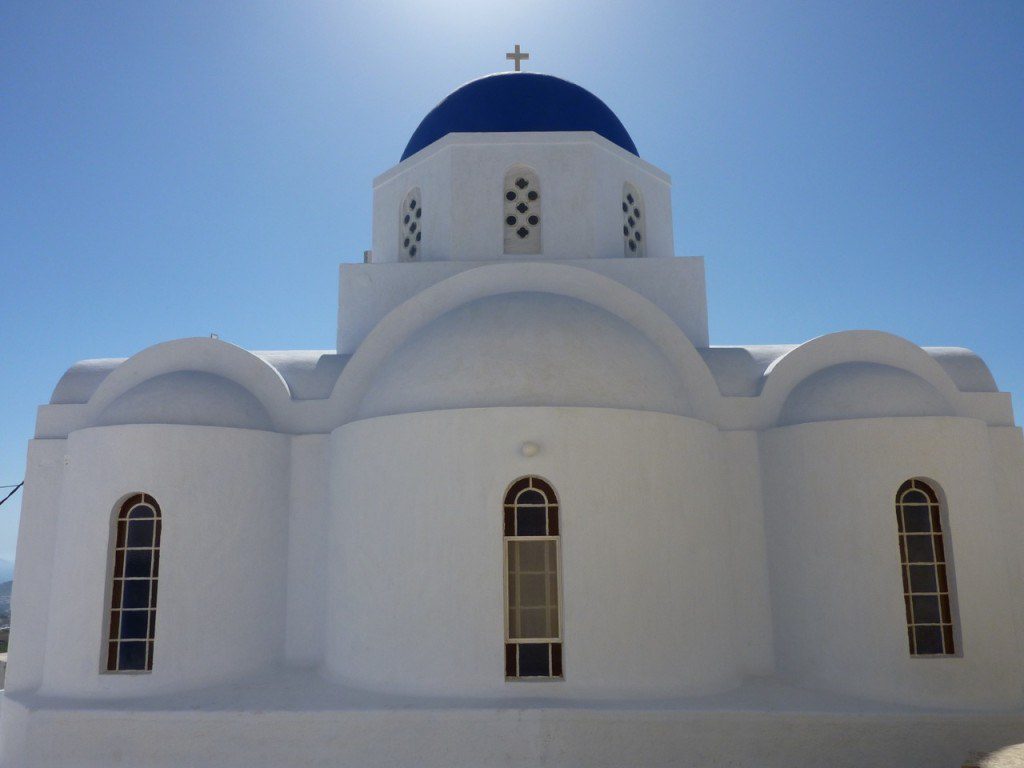 Because Greece has been around for nearly 3,000 years, it has long been established as a worthwhile place to travel. Some of the best sights are millennia old, and countless millions of visitors through the centuries have visited to pay their respects. As a result, Greece has become a veritable tourist’s paradise, with busy crowds and well-trodden paths from place to place.
Because Greece has been around for nearly 3,000 years, it has long been established as a worthwhile place to travel. Some of the best sights are millennia old, and countless millions of visitors through the centuries have visited to pay their respects. As a result, Greece has become a veritable tourist’s paradise, with busy crowds and well-trodden paths from place to place.
Yet, for many travelers, this type of experience is not at all satisfying. It does not show Greece as it was or is — it abuses valuable cultural relics for raw financial gain. Thus, these travelers face a conundrum: How can one visit Greece authentically without being sucked into the tourism machine? Here’s what you can do to appreciate Greece as the locals do — while enjoying the more touristy places, too.
Tourist: Santorini
No one wants to miss the picturesque isle of Santorini. The place feels absolutely idyllic, and not just for its crisp white-washed buildings and blue-domed roofs. At sunset, the deep turquoise water contrasts magnificently with the reds and golds of the cliffs, making the island one of the most romantic places on Earth.
Local: Melissanthi Cave
Melissanthi Cave, which is located close to Karavomylos on Cephalonia, is a stunning place to explore. Formed through slow dissolution of rocks, the cave is composed of a series of deep hollows connected by a clean, clear lake. Though it might not be the largest or darkest cave you are likely to see, it certainly is outrageously beautiful, with the ultramarine waters of the underground lake glinting in the sunlight. Visitors enter the lake through a subterranean passage and ride in a gondola to see the cave’s wonders.
Tourist: Acropolis
Towering over Athens and visible from any point in the city, the 5th century BCE Acropolis of Athens remains one of Greek’s most prized treasures. The Ancient Greeks were busy taking monumental strides in culture — including art, architecture, science, philosophy, and more — before most of the world’s peoples established reliable government, and the impressive Acropolis is a testament to Greece’s classical achievements. Inside, visitors can see the world-renowned Parthenon, Athena’s temple.
Local: Little Venice, Mykonos
Though few places on Earth can match the mystery and wonder captured in Venice’s canals, Little Venice on the island of Mykonos certainly succeeds. The elegant, old houses are built right up to the edge of the island, flirting with the waters of the sea. For ages, artists have haunted the beaches of Little Venice, soaking up the neighborhood’s calm, confident charm; and travelers can enjoy the same atmosphere by wandering the quaint streets and enjoying the brilliant sunsets.
Tourist: Beaches of Crete
Crete has the ideal climate for soaking up sun, sand, and surf. Perhaps the most lusted-after beaches in the world, Elefonisi, Balos, Vai, and Falasarna offer miles of coastline perfect for lounging, with shallow water and soft, light sand. Of course, Crete has more than 360 beaches, so if the most popular shingles don’t satisfy, you can always head to more secluded stretches of sand.
Local: Mount Olympus
Most people recognize Mount Olympus as the home of the gods, but very few realize that the mountain is a real place in Greece — let alone that they can climb up to its tallest peak. In fact, there are three different trails that will lead hikers to different iconic spots on the peaks. For example, you could head to Stefani Peak, where Zeus made his throne, or to Mytikas Peak, where the gods congregated to judge the fate of humankind. However, the hike is quite strenuous and takes abundant time and energy to complete, which means not many tourists find it trek worthwhile.
Tourist: Epidaurus Theater
While the eminence of Greek theater — especially Greek tragedy — is well-known, not many visitors realize that the most famous auditorium in Greece, the Asklepieion of Epidaurus, was constructed initially as a ceremonial site and sanctuary to honor the demigod Asclepius, a deity of medicine and healing that is still represented today in the staff and serpent of health care. However, the theater was too outstanding to abandon when Asclepius’s cult eventually fell, and today it is the site of several festivals of live theater.

